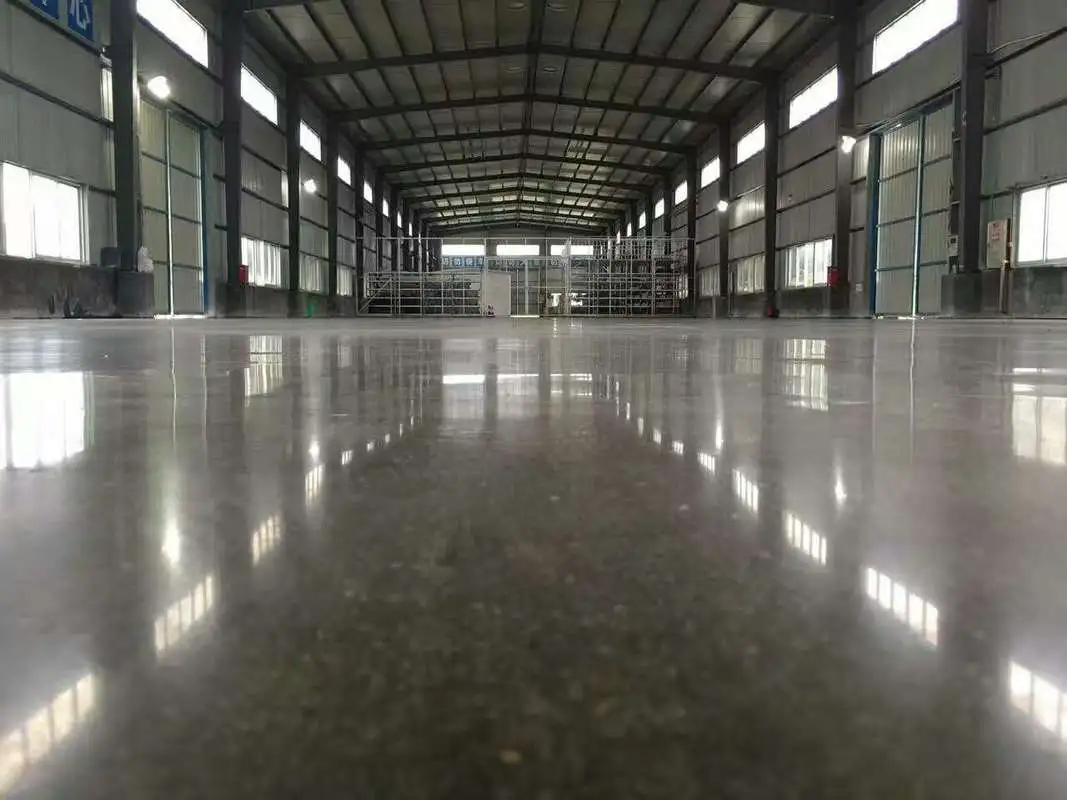
Innovative Approaches in Titanium Dioxide Manufacturing for Enhanced Product Quality and Sustainability
The Titanium Dioxide (TiO2) Factory An Overview
Titanium dioxide, commonly referred to as TiO2, is a white pigment widely used in various applications, from paints and coatings to plastics and food products. The production of TiO2 is a complex process that involves several stages, with factories dedicated to manufacturing this vital compound. This article delves into the structure and operations of a TiO2 factory, exploring its significance in various industries.
Manufacturing Process
The production of titanium dioxide primarily involves two major processes the sulfate process and the chloride process. Both methods begin with the extraction of titanium ore, predominantly ilmenite or rutile.
1. Sulfate Process In the sulfate process, titanium ore is treated with sulfuric acid to produce titanium sulfate. This compound is then hydrolyzed to precipitate titanium dioxide. The resultant TiO2 is washed, filtered, and subjected to high-temperature calcination to enhance its brightness and opacity. The sulfate process is known for its cost-effectiveness but generates large amounts of waste, specifically iron sulfate.
2. Chloride Process The chloride process, on the other hand, utilizes chlorine gas to convert titanium ore into titanium tetrachloride (TiCl4). This compound is then purified through distillation and reacted with oxygen at high temperatures to yield TiO2. The chloride process is more environmentally friendly, producing less waste and offering a higher quality pigment, but it requires significant investments in specialized equipment and technology.
Factory Operations
A typical TiO2 factory is a large-scale industrial facility equipped with advanced technology to ensure efficiency and safety in production. These factories are characterized by high automation levels, where processes are closely monitored through computerized systems. This automation not only streamline operations but also minimizes human error, enhancing product quality and output.
The factory is divided into several distinct sections, each responsible for specific stages in the production of TiO2. These include
tio2 factory

- Raw Material Processing This area involves the initial handling and treatment of titanium ore. It includes crushing, grinding, and initial chemical treatments. - Chemical Processing Here, the raw materials undergo the sulfate or chloride process, depending on the factory's specialization. Extensive safety measures are implemented to handle the hazardous chemicals involved.
- Product Finishing After the initial TiO2 is produced, it is further processed to enhance its properties. This includes surface treatment, milling, and classifying to achieve desired particle sizes and characteristics.
- Quality Control Rigorous testing is conducted to ensure the TiO2 meets industry standards and customer specifications. This includes assessments of opacity, whiteness, and particle size distribution.
- Packaging and Distribution Once the product is finalized, it is packaged into various forms, such as dry powders or slurries, and prepared for distribution to clients worldwide.
Significance of TiO2 Factories
The importance of TiO2 factories cannot be overstated. They play a critical role in supporting various industries, including construction, automotive, food, and cosmetics. TiO2's exceptional light-scattering properties make it an indispensable ingredient in white paints and coatings, providing brightness and durability.
Moreover, with growing environmental awareness, the demand for eco-friendly products continues to rise. As a result, TiO2 manufacturers are increasingly focusing on developing sustainable practices that minimize environmental impact. Innovations in production techniques and the use of renewable energy sources are becoming more prevalent in the industry.
In conclusion, TiO2 factories represent a vital segment of the global economy, providing essential materials that enhance the quality of life and aesthetic appeal across multiple sectors. As technology advances and environmental considerations become paramount, these factories will undoubtedly evolve to meet the changing demands of the market.
Share
-
Premium Pigment Supplier Custom Solutions & Bulk OrdersNewsMay.30,2025
-
Top China Slag Fly Ash Manufacturer OEM Factory SolutionsNewsMay.30,2025
-
Natural Lava Rock & Pumice for Landscaping Durable Volcanic SolutionsNewsMay.30,2025
-
Custom Micro Silica Fume Powder Manufacturers High-Purity SolutionsNewsMay.29,2025
-
Custom Mica Powder Pigment Manufacturers Vibrant Colors & Bulk OrdersNewsMay.29,2025
-
Custom Micro Silica Fume Powder Manufacturers Premium QualityNewsMay.29,2025






